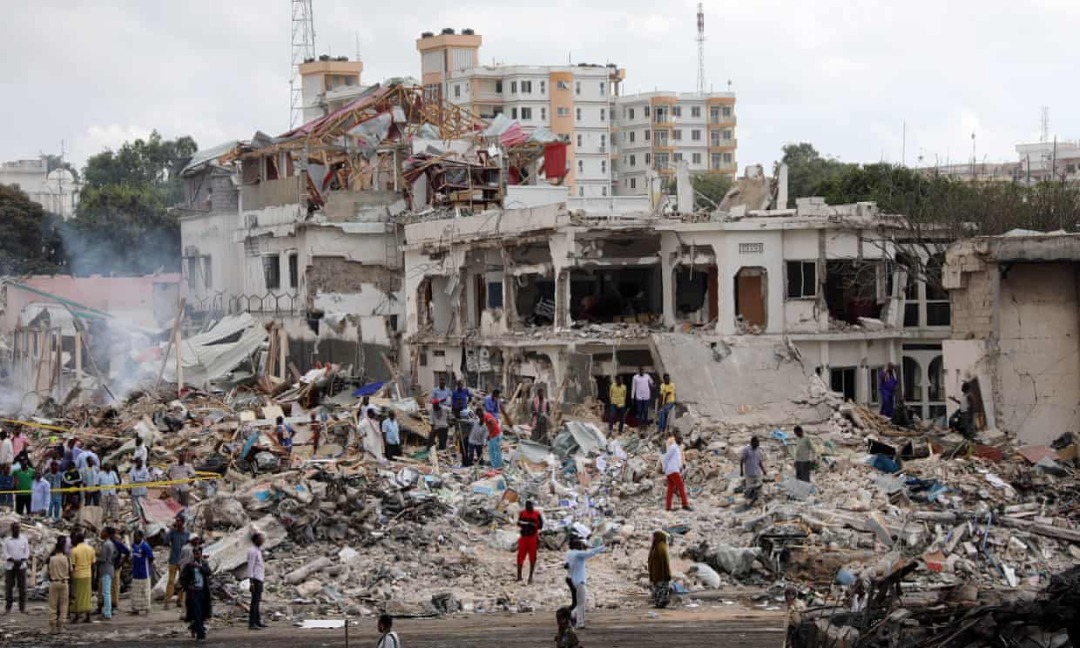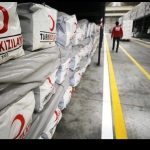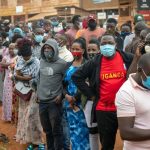Four years later on 14th October 2017 Mogadishu truck bombing which killed over 500 innocent civilians and wounded others at busiest Zobe intersection in Mogadishu, the second deadliest terrorist attack after 9/11 in the United States.
Today Somalia marked 4th anniversary of that attack as Somalia government recognized 14 October ‘National Day’ of remembering for the victims of the blast.
The truck bombing on Saturday afternoon at around 3:00 PM( local time) caused enormous destruction surrounding buildings; including hotels business centers and restaurants severely damaged and cars including schools buses burnt down.
The scene, has turned into pool of human blood, shattered flesh everywhere, human body burn, black smoke, and debris were the only first you could see there.
Dr. Abdulkadir Abdirahman, the director of Amin Ambulance services in Mogadishu was among the first emergency team who went there after the explosion, described it to be human catastrophic.
Every Somali citizen in or outside the country, in particular, Mogadishu had affected the aftermath of the deadly terrorist car bomb attack directly or indirectly.
Hospitals in the city was overwhelmed by the victims, like Madina one of the public hospitals which have admitted the most victims. There were burned dead bodies in every courtyard after the hospital’s mortuaries were full of bodies, and there were people searching their loved ones who flocked there, so that, it was difficult to identify anyone due to severe burning.
On the other side, people were queuing up to donate their blood for the victims of the blast, which was the most needed thing at that moment, as the doctors have been struggled to treat the wounded people to save their lives, working on 24 hours, but imagine how the poorest health system in the world was facing the worst human disaster.
Lessons leant of the 14 October massacre
Al-Shabaab militants often mislead the public by sympathizing that they’re fighting against Government and its allies, but this show there are lying to their claims and carry out mass killing of civilians.
The 14 October 2017 catastrophic zone, was heavily civilian populated and commercial district as road links between Mogadishu and Afgoye town, one of the richest and agricultural regions in the country, there were no government institutions nearby, it was soft target and brutal act aimed at creating sense of hopeless and fear.
From that day, the people of Somalia have comprehended the exact terrorist motive was killing and destruction only, regardless wherever they are in the market or somewhere else, its just focusing on how they could kill mass people, because they are human casualty oriented, exactly what they did on 14th October 2017.
Health infrastructure in Somalia
During the 14th October tragedy, the health service was a matter, the health facilities that the country has was not enough to responded such that catastrophic event, the most needed things were sufficient and specialized doctors, availability central blood bank, ambulance services, and intensive care units ICU.
The hospitals have scrambled to treat the wounded people, but the situation overpowered them, no enough specialized doctors on the ground, no intensive care units and also no urgent blood to infuse victims in need.
According to the Dr. Abdulkadir, the Amin ambulance director, there was no change or improvement on the country’s health infrastructure and he described that failure back drops of the government’s effort toward rebuilding service provider institutions mainly the health sector.
By: Ali Abdirahman Aden





